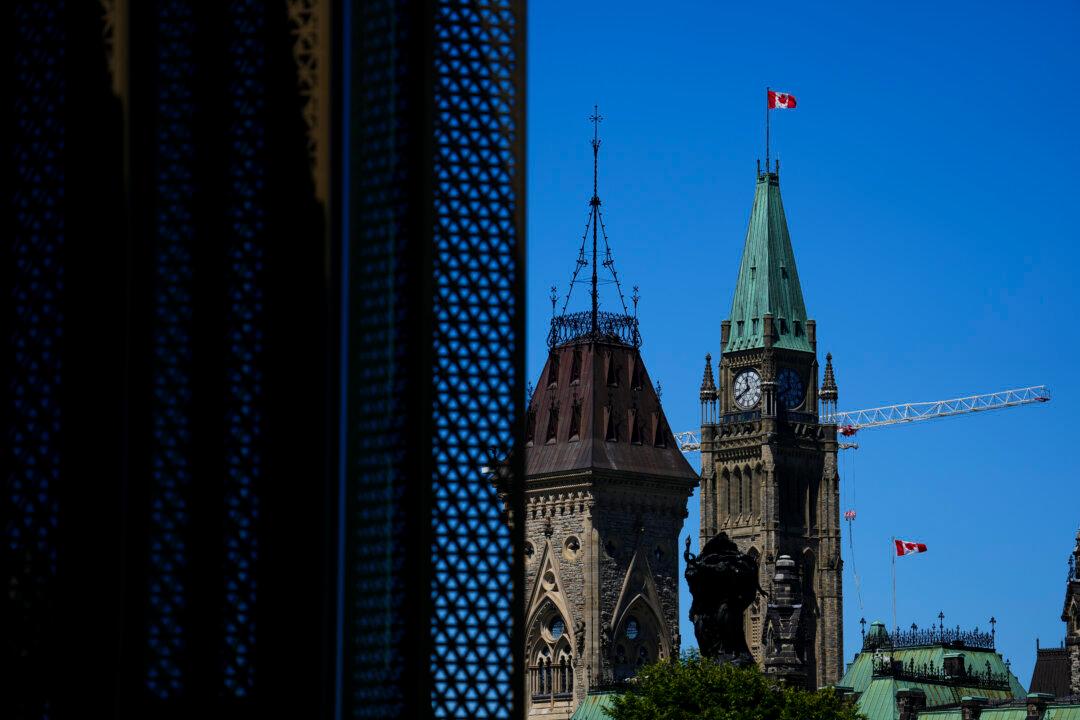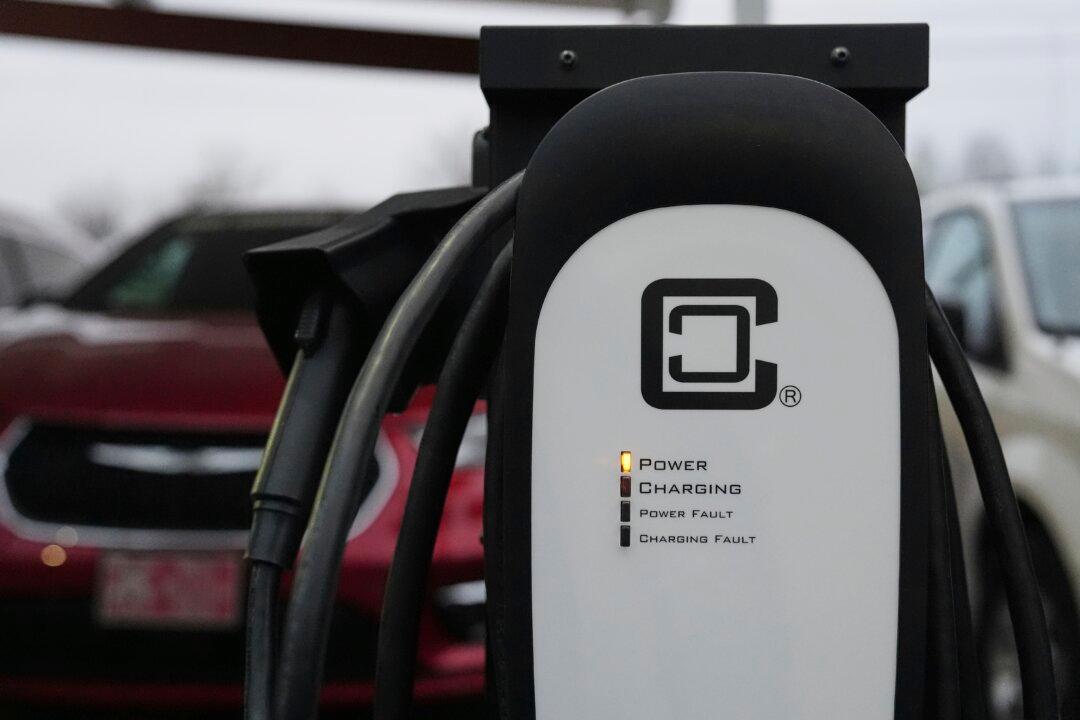And it leaned hard into three areas always sure to get attention in the U.S.: protecting American jobs and growth, defending continental energy security and honouring treaty obligations to an important and trusted ally.
“At a time of heightened concern over energy security and supply, including during the energy transition, maintaining and protecting existing infrastructure should be a top priority.”
The economic argument is one the pipeline’s proponents have been making for years: a shutdown would cause “significant economic disruption” across the U.S. Midwest, where it provides feedstock to refineries in Michigan, Ohio and Pennsylvania.
But the flooding has turned a theoretical risk into a very real one, the band argued in an emergency motion last week, and it wants the pipeline closed off immediately to prevent catastrophe.
“There can be little doubt now that the small amount of remaining bank could be eroded and the pipeline undermined and breached in short order,” the band’s lawyers argued.
“Very little margin for error remains.”
At four locations, the river was less than 4.6 metres from the pipeline—just 3.4 metres in one particular spot—and the erosion has continued in recent days at an “alarming” rate, the motion said.
In one case, so-called “monuments” installed to measure the losses show that where there was more than 10 metres of riverbank in early April before the flooding began, only 3.7 metres remained as of last Tuesday.
“Significant erosion is continuing as of the filing of this motion, and the evidence strongly suggests that further bank loss could be substantial and result in exposure and rupture of the pipeline.”
Wisconsin district court Judge William Conley is expected to hear oral arguments on the motion Thursday. It’s not clear if he'll reserve judgment or rule immediately whether to order Enbridge to shut down the pipeline and purge its contents.
But Conley has already indicated a reluctance to shut down the pipeline, citing the potential economic and foreign-policy consequences, suggesting Tuesday’s statement from the embassy was aimed squarely at him.
“I think Canada is saying, ‘Please be aware,’” said Kristen van de Biezenbos, a professor of energy law at the University of Calgary.
“Even knowing that it’s not a great idea to be largely dependent on just one source of oil, there hasn’t been anything done to change that,” van de Biezenbos said.
Later Tuesday, lawyers for Enbridge began filing a raft of affidavits and sworn statements from pipeline safety experts, scientists, environmental engineers and even the company’s own director of tribal engagement, all in opposition to the request for an injunction.
One of them, from a Vancouver hydrologist named Hamish Weatherly, acknowledged that the threat of a rupture caused by erosion is higher than it was at the end of last year, but still far from critical.
“It is thus my opinion based on my knowledge, training and experience that there is not an ‘emergency’ or ‘imminent threat’ of a release at the meander,” Weatherly’s declaration reads.
A separate declaration from David Stafford, the company’s U.S. pipeline compliance manager, said the U.S. Pipeline and Hazardous Materials Safety Administration has been kept apprised of all the latest developments.
Tuesday’s filings also included a string of affirmations from senior executives across the Canadian energy sector from companies like Suncor, Cenovus, Imperial Oil, Shell Canada and Superior Gas, among others.
Canada has already invoked a 1977 pipelines treaty with the U.S. in both Wisconsin and Michigan, where that state’s attorney general is also in court trying to get the pipeline shut down.
Talks under that treaty have been ongoing for months, with the latest session taking place last month in Washington.
“If a shutdown were ordered because of this specific, temporary flood situation, Canada expects the United States to comply with its obligations under the 1977 Transit Pipelines Treaty, including the expeditious restoration of normal pipeline operations.”
The key word there is “temporary,” van de Biezenbos said.
“The pipeline treaty makes it clear that you can order temporary shutdown of international pipelines between the U.S. and Canada for public safety reasons,” she said.
“If there is a shutdown that’s ordered because of the flooding, then as soon as the flood risk has been abated, then the pipeline has to be brought back online.”





